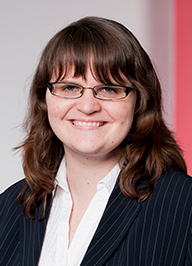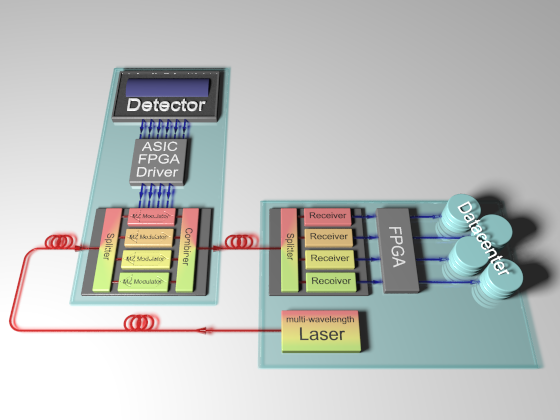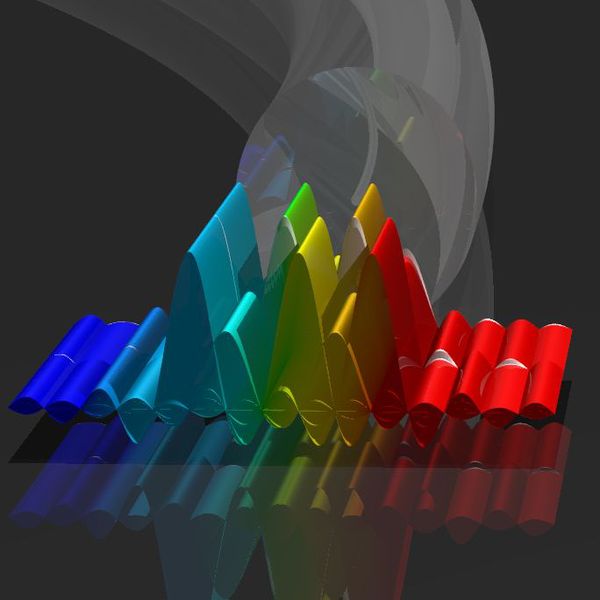Research Area VI: Teratronic Signal Processing and Terabit/s Communications
Research Area VI aims to build optical high-speed communication systems, using the technologies and devices from the other research areas of HIRST.
The systems comprise high-speed data processing in FPGAs or ASICs, integrated optical optical modulators with appropriate driver circuitry, photonic devices for wavelength division multiplexing, optical transmission, and data reception. For terabit/s data transmission, massively parallel wavelength-division multiplexing (WFM) schemes based frequency combs bonds are currently investigated. These schemes are, e.g., highly promising for terabit communications in data centers.
Next to its importance for telecommunication, high-speed optical data transmission is crucial in large-scale experiments for fundamental research. Some modern particle detectors consist of hundreds of millions of electronic channels which have to be read out within tens of nanoseconds. The handling of the corresponding data rates and volumes is one of the largest challenges for future detector systems. Even with massive local data reduction, it will not be possible to transfer all data to the processing stages outside of the detector with current electrical or optical data transmission systems. A much sought-for reduction in power consumption, cost, and required space of a whole system can be achieved through the monolithic integration of photonic devices and electronic circuitry.
Besides optical data transmission, RA VI also covers high-speed wireless links at carrier frequencies in the millimeter-wave spectrum, where vast unlicensed bandwidth is still available for data tranmission. The associated transmission systems are based on integrated millimeter-wave circuits.
RA VI builds upon cutting-edge facilities at the Institute of Photonics and Quantum Electronics (IPQ), at the Institute of Microstructure Technology (IMT), at the Institute for Microwave Techniques and Electronics (IHE), and at the Institute for Data Processing and Electronics (IPE).
Participating Institutes and Research Groups
 |
Institute of Information Processing Technology (ITIV)
|
 |
Institute of Photonics and Quantum Electronics (IPQ)
|
 |
Prof. Dr. Christian Koos
|
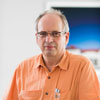 |
Institute of Information Processing Technology (ITIV) |
.png) |
Chair of Dependable Nano Computing
|
 |
Prof. Dr. Marc Weber Institute for Data Processing and Electronics (IPE)
|
 |
Institute of Radio Frequency Engineering and Electronics
|
| ETH Zurich | |
 |
Institute of Electromagnetic Fields (IEF)
|
| University of Stuttgart | |
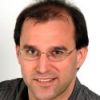 |
Institute of Robust Power Semiconductor Systems, University of Stuttgart
|
